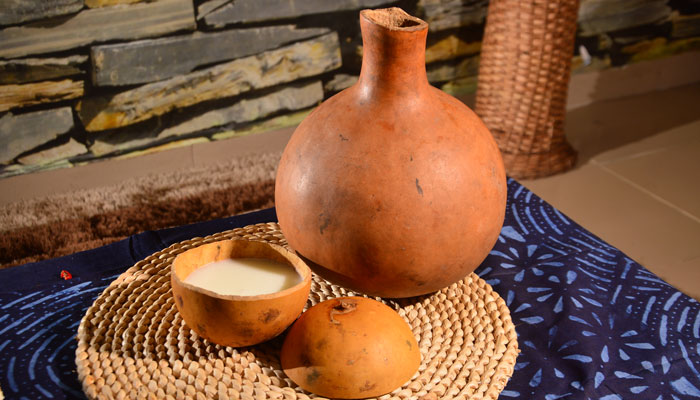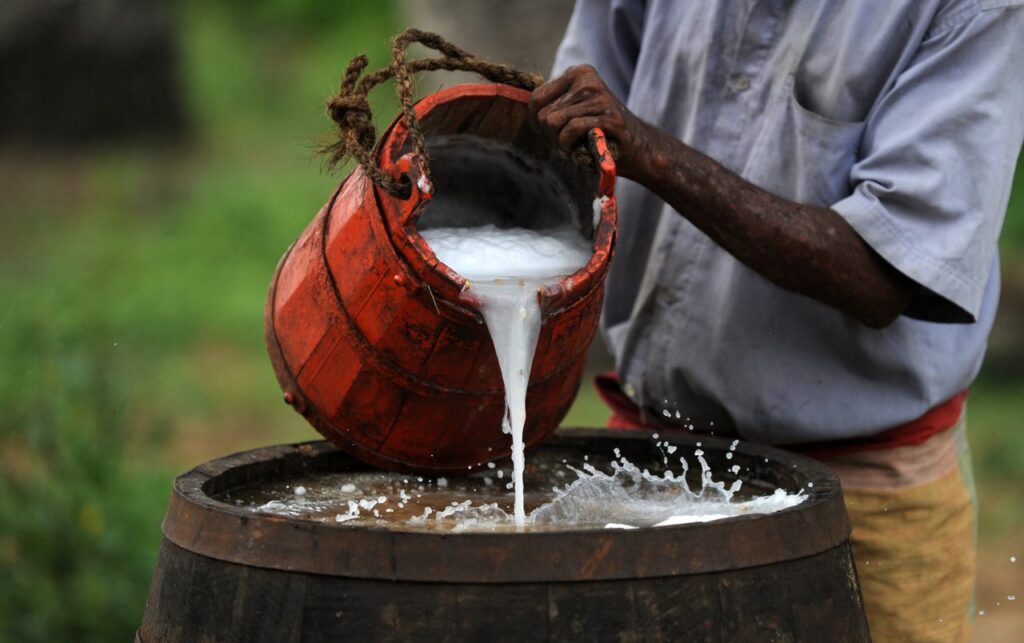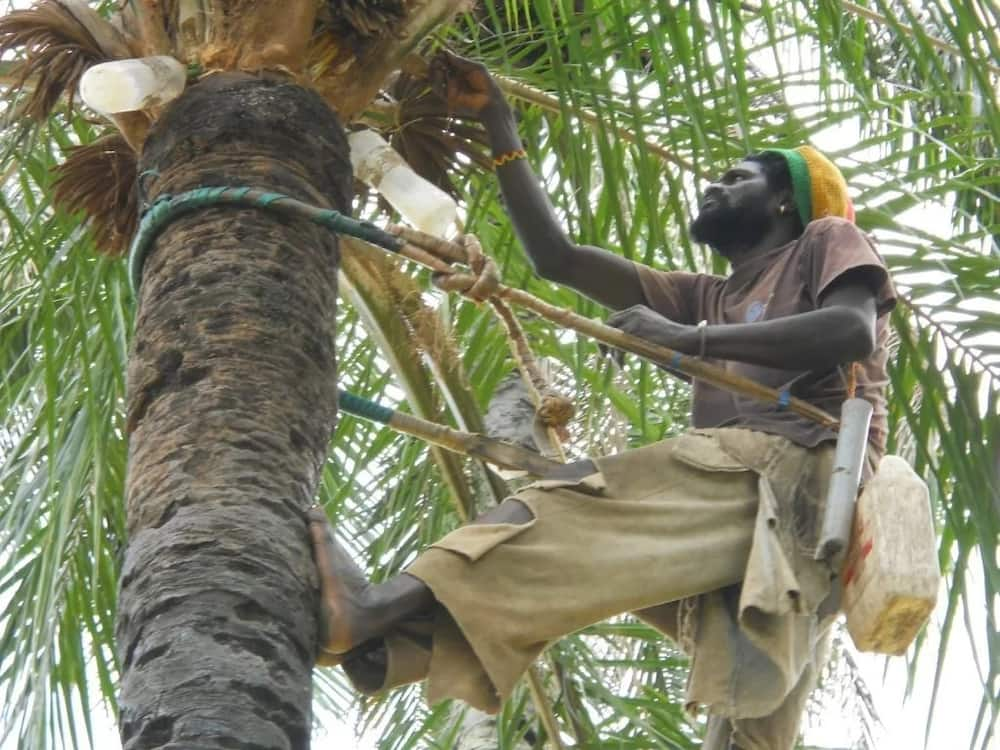People make culture, and most times, the culture begins with a gathering, where people give opinions and agree on the lifestyle to be imbibed by them in their community. People come together to discuss their discoveries, which, after being tested and tried, become a practice they indulge in and, afterwards, are passed from one generation to another.
In Africa, this method of decision-making is what guides their conduct of behaviour, it is their identity and mostly, what determines who they are. Issues, disputes, punishments, conflicts, and home matters are discussed at a round table, where most of the attendees are aged men and women, who are credible because they have been existing for years, and they’ve been exposed to different levels of experience (the good and bad).
In the words of these old men and women, there is wisdom, and this is why in an African community, young people look up to the aged as models and seek advice for every step they intend to take. The relevance of their gathering, therefore, cannot be underestimated. However, in most cases, it is difficult for a young person to have a say in the gathering- these elders agree together.
As for the young people in a local setting, especially in some parts of Africa, they gather mostly to discuss their next crushes, farmland plans, jokes about their friends, and games. This gathering could result in conflicts (which the old people resolve), and or laughter.
However, in any of these gatherings (young or old), eating and drinking are inevitable. The host of the old people’s gathering serves kola nuts and palm wine, while at the gathering of the young, they drink palm wine and sing in case there are no sumptuous meals.
The significance of palm wine in Africa is a representation of their cultural values; tapped directly from a tree, sieved, and freshly served with calabash at room temperature, in the middle of laughter-inclined conversations.
In Nigeria, palm wine celebrates human existence, and it serves as a source of unity in the community. Aside from the health benefits of palm wine, it serves as a source of celebration; palm wine doesn’t exist in a sad gathering.
In this piece, I will be exploring the culture of palm wine, the history behind palm wine tapping in Nigeria, and the economic benefits of traditional wine.

Palm Wine in Nigeria
The traditional activities and way of life of the people who live in Nigeria’s southwest, southeast, and south-south geopolitical zones all heavily feature palm wine. It is utilized for consultation with our ancestors, ancestral spirits, and deities, as well as traditional worship, celebrations like the New Yam Festival, and traditional marriage ceremonies.
Additionally, palm wine is used to seal contracts and real estate deals. Native kola nut and fermented palm wine are typically used for consultation and covenant renewal with our ancestors.
One of the many native wine brands consumed in Nigeria is Palm wine. The specific brand of wine known as palm wine is obtained directly as sap from either raffia palm or oil palm trees, unlike certain other wine varieties like “burukutu, pito, and ogogoro,” which are brewed and distilled from either wheat, guinea corn grains, or even as a derivative from fermented palm wine.
The grain-produced wines such as “burukutu and pito” are especially well-liked in the northern region of Nigeria since there, the savannah-type climate prevents the growth of luxuriant plants like raffia or oil palm trees.
In the West African region, the “Ogogoro” brand of wine—a palm wine derivative—is highly well-liked and is referred to by a variety of rib-cracking terms, including “shekwe, ishi enwe, akpateshe, and I for don marry.” The ogogoro brand is produced using traditional distillery techniques from fermented palm wine or ripe plantains.
Thus, “emu ogidi,” or “real wine,” is what the Yoruba refer to as wine made from the sap of raffia trees, whereas emu oguro, or “adulterated wine,” is prepared from the sap of other sorts of palms.
However, the most popular brand in the Eastern region of Nigeria, particularly in the Igbo-speaking region, is palm wine, also known as tombo, palmy, nwoko onye obi ocha (large-hearted man), uzunma (epitome of beauty), and mmiri Ara umu mbe (breast milk for the orphan). The word “wine,” regardless of the brand of wine being discussed, instantly translates to “manya” among the Igbo people of the South East, which in its literal sense means palm wine.
As indicated earlier, this beverage brand is derived from two types of trees: raffia and oil palm trees. The oil palm tree in Igboland produces “manya nkwu,” or “up wine,” while the raffia palm produces manya ngwo, or “raffia palm wine.” However, the popular palm wine is made from oil and raffia palms.

In Nigeria, palm wine has endured urbanization while preserving its social and cultural characteristics. Local palm wine stands have transformed into open bars and bamboo-fenced night resorts in remote locations. The use of kegs and red cups has taken the place of the gourds and calabashes that were originally used to store and consume palm wine, and resort canopies, have taken the place of tree shading. The palm wine tapper, however, has not altered.
Some places in Nigeria are referred to as “ile elemu,” which means “the house of the palm wine tapper” in English. Tappers leave their homes every morning, tying gourds to the rear of their vintage bicycles. They scale palm trees and use precise, clean cuts to remove the bark. They later thank the gods of the palm tree for the abundance of that day by giving them more palm wines from the trees. It is, however, the joy of the wine drained from the trees that such a seller uses in distributing it to the people who visit his “ile emu.”
Also, in Nigerian culture, you are not expected to drink palm wine alone. To people, it provides friendship and brotherhood. Also, it is believed that no one drinks palm wine and remains sad.
An average palm tree produces less than a litre of sap in a day by an average palm tree. However, the majority of tappers’ harvests of wine have significantly decreased over the past ten years as a result of deforestation. Thus, manye vendors and tappers now dilute or add artificial yeast and sugar to their palm wine.
Palm Wine Tapping
The advent of maturity is signalled by the raffia tree when it begins to shoot out a particular number of palm fronds. The tapper will notice that a palm tree is mature when the first bud of a palm frond emerges. It indicates that it is about to give birth when it shoots two palm fronds at once. When three new palm fronds sprout, the palm is mature and ready to be tapped.
Once the tapper is certain that the tree is ready to be tapped, he climbs to the highest point of the tree, where he locates the neck and uses his tapper’s blade to cut off conduits. At that point, a native calabash or mug is secured with rope and tethered to the tree to collect the liquid sap under the hole created by the removed ducts.

Before it is fermented, the white liquid that initially accumulates has a tendency to be extremely sweet and non-alcoholic. The removal of the entire tree is an alternative strategy. Where this is done, a fire may occasionally be set at the cut end to aid in the sap collection.
Palm sap starts fermenting as soon as it is collected because of airborne natural yeast (often spurred by residual yeast left in the collecting container). A sweet, fragrant wine with up to 4% alcohol concentration is produced by fermentation in about two hours. Some people prefer a wine that has a stronger, more acidic flavour and has been fermented for up to a day. Instead of stronger wine, longer fermentation results in vinegar.
Palm wine is a naturally low-alcohol beverage. It comprises nutritious dietetics and has a three per cent alcohol content. However, fermented palm wine has the capacity to develop up to a 12% alcohol level. However, there are also conventional chemical mechanisms that taper brings into the process to “harden” the brand, in addition to the natural alcohol content that palm wine yields over time.
Only locals from coastal communities consume palm wine straight from the palm tree. That is not palm wine, though. It is known as a water drink. To boost the wine’s potency, an experienced tapper must apply the essential herbs to the face of his ducts and add local yeast. At the end of the day, you get a ready medicinal and nutrient-rich wine when you place the herbs on the duct opening and pour the ground into the collecting calabash.
The Economic Benefits of Palm Wine
It is worthy of note that it is not only in Nigeria that palm wine is tapped and consumed. Other African and non-African countries, such as Cameroon, Ghana, Congo, South Asia, Indonesia, Malaysia, Mexico, Philippines, and South America, among others, also consume palm wine.
Economically, the palm wine business makes a lot of sense. The beverage is well-liked by both domestic and commercial consumers due to its possible medical and pharmacological benefits. Customers who buy beverages and alcoholic beverages love palm wine. Also, on some cultural occasions, people prefer palm wine over soda or other conventional wines. This is due to the product’s flexibility to be transformed into either form. Selling palm wine is a very lucrative enterprise that can be relied upon to help put food on the table, especially in remote areas.

The Health Benefits of Palm Wine
Palm wine, according to research, is used to treat ailments caused by a lack of vitamins and minerals because of its high mineral and vitamin content. Research also reveals that hypertension patients choose palm wine over lager beer in rural regions because it is believed to decrease blood pressure.
The manufacture of palm wine by smallholders and lone farmers may help conservation since palm trees provide a reliable source of household income that may be economically worth more than the value of sold timber. Therefore, this is a call to the actors in the agricultural sector of the country to invest in palm wine through the provision of civilized machinery that will ease the production process of palm wine.





